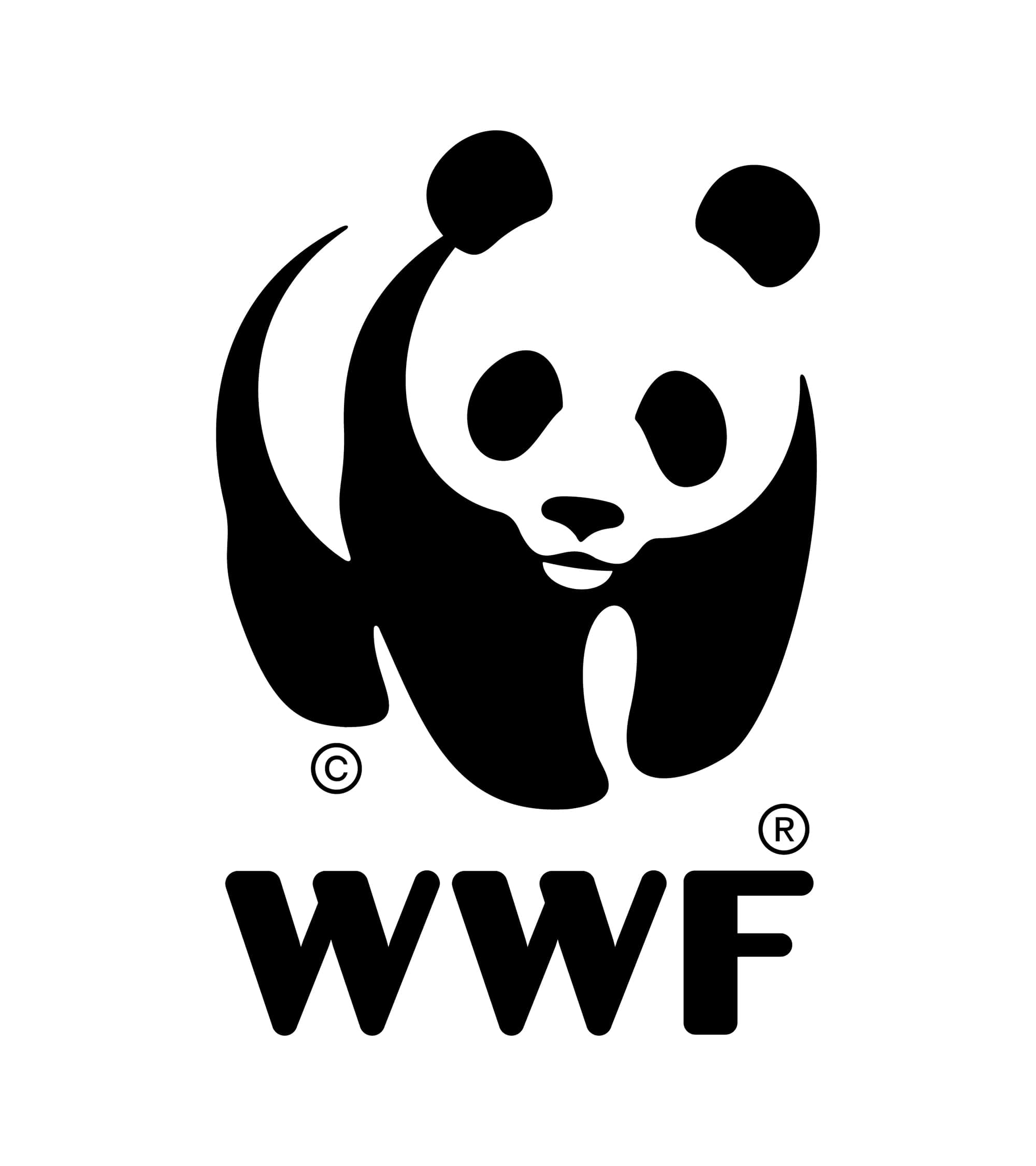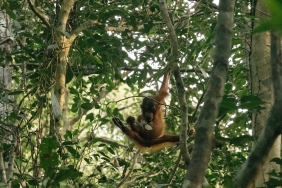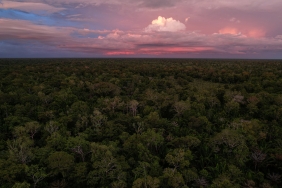ASSESSING THE EFFECTIVENESS OF INDONESIA'S CONSERVATION AREAS IN 2010
By: Nancy Ariaini
Jakarta (29/07)-Global targets stipulate that by 2010 the rate of biodiversity decline can be halted through effective management of protected areas. Indonesia, as a country with high biodiversity and a total of 50 national parks to be managed and has ratified the Convention on Biological Diversity, is also obliged to meet these global targets.
RAPPAM (Rapid Assessment and Prioritization on Protected Area Management) and METT (Management Effectiveness Tracking Tool), are rapid assessment methods of, among others, threats and pressures faced, vulnerability of the area, zoning system, number of staff and available infrastructure.
RAPPAM/METT has been implemented in approximately 1300 protected areas in more than 50 countries around the world. In Indonesia, the RAPPAM/METT method was socialized and piloted in 39 National Parks in Indonesia in 2004. Director General of PHKA of the Ministry of Forestry, Ir. Darori explained that the results of the study using the RAPPAM method in 2004 revealed that most of the national parks in Indonesia experienced pressures and threats that were generally influenced by the effectiveness of management.
Budi Suriansyah, one of the participants who is a staff of Danau Sentarum National Park (TNDS), West Kalimantan, said that in the implementation of RAPPAM/METT by conservation area staff, it is expected that there will be assistance from a team of experts in accordance with all issues in the area, for example in the field of biology and socio-economics. These experts can provide scientific inputs according to their capacity, together exploring the connection between one data and another data so that it will be closer to the real problem and produce a more objective and unbiased review. Such discussions allow for a better understanding among conservation area management staff.
TNDS itself conducts an in-house RAPPAM/METT in order to see trends on an annual basis and even customize the RAPPAM/METT to suit the conditions and needs of the NP itself. Self-assessment using this method has been carried out by the TNDS Center periodically since 2004, 2008, 2009, 2010 which produces time-series data. In designing the five-year long-term work plan, or annual plan, the TNDS Center refers to the results of the RAPPAM/METT. Thus, RAPPAM/METT not only serves as an evaluation tool but also as a basis or initial hypothesis that helps design strategies and plan future programs.
Alexander Belokurov, WWF-International's Landscape Conservation Manager, who spoke at the training, believes that it would be great if RAPPAM/METT could be organized on a regular basis since both assessment methods are easy enough to conduct independently. Belokurov suggested conducting METT once a year and RAPPAM at least once every 3 or 4 years, so that performance-based improvements in management quality can be made. Because of its simplicity, RAPPAM can be organized as an additional agenda item for regional meetings, without having to be specifically scheduled.
At the end of the training and workshop, the general picture of the effectiveness of conservation area management in Indonesia experienced a dynamic development after the 2004 evaluation. The following points were noted as recommendations for the future of the workshop and training:
- RAPPAM should be conducted every 3 years to obtain time series data on the effectiveness of national park management in Indonesia
- In between RAPPAM years, METTs can be conducted annually to measure the effectiveness of individual areas. This method can also help managers to develop management plans.
- There is a need for budget allocation for METT and RAPPAM implementation
- There is a need to increase consistency in the implementation of conservation area management in accordance with established policies
- Monitoring of each activity needs to be carried out regularly and well documented
- There needs to be a political will from the conservation area management authority to help achieve the effectiveness of conservation area management, especially in the setting of resource allocation and management
- The conservation area management authority must place the assessment of the effectiveness of conservation area management as a necessity to continuously improve the performance of conservation area management
.





